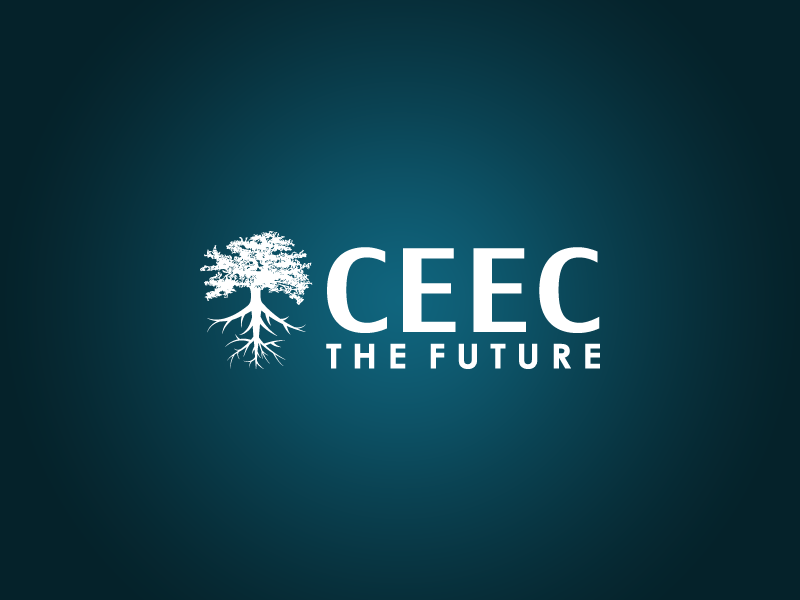
CEEC Director Joe Pease interviews CEEC 2020 Medal Winner Dr Grant Ballantyne
CEEC Director Joe Pease interviewed Dr Grant Ballantyne about the 2020 CEEC Medal for Technical Research he won for the paper ‘Quantifying the Additional Energy Consumed by Ancillary Equipment and Embodied in Grinding Media in Comminution Circuits’.
Dr Ballantyne shared his thoughts on why crushing and grinding technology is important to reduce mining’s footprint. He explained that there is a lot of electrical energy consumed by a mill, and that design and operating decisions should also consider energy use from embodied and ancillary equipment.
Key insights included:
- Winning Work – Planning the best plants: Embodied Energy and Ancillary Equipment
His winning paper includes embodied energy in grinding media such as the steel balls used within processing plants. “The paper really builds on a lot of the work that I've done in the past on the comminution Energy Curves,” he said. “The Energy Curves were based on the electrical energy that the mills consumed in the breakage of rock. [The paper] adds to that the embodied energy of the grinding media that's consumed in the grinding process.
“Obviously, to get that steel grinding media into the mill, it needed to have been mined, it needed to have been smelted, cast, and then transported to site before it's consumed. There's a lot of energy that goes into that media before it is consumed in the mill.”
The paper also examined the ancillary equipment, such as conveyors used in lower footprint HPGRs, to give a better view of energy use and best practice design at a mine site.
“I really wanted to look wider than just the electrical energy of the mills, and look at the additional energy consumers of the circuit,” he said. “I think it's really important to take those into account when designing an energy efficient mill.”
- Winning Work – Benchmarking and understanding energy footprint to improve
Dr Ballantyne noted that it’s important to be able to truly compare and benchmark when making decisions to improve energy or emissions, as his new work found that ancillary equipment can add a lot of extra energy to a typical mine site mill.
“They can be vastly different for different circuit configurations and designs,” he said. “We found that they can add between 30% and 50% on top of the electrical energy that the mills actually consume in electrical energy, so very significant.”
However, there are also good ways to reduce the media energy consumption, and to change the design of our processing circuits to reduce the energy used in conveying and pumping. He showed this by using CEEC Energy Curves, which help to visualize and communicate options to a much wider audience and get greater support to invest in the best ideas.
He also talked about how industry can meet the challenges to reduce energy and emissions, and why support for new ideas, research and approaches including young engineers is important. Energy Curves can bring together data from operating sites and present them in a confidential, anonymized way in a cost curves format to compare mines and demonstrate energy and emissions improvements. This helps industry communicate and collaborate, and to invest in good changes.
- Water Usage and Dry Processing – A critical need, important opportunities
Another topic of discussion was water usage in mining, and why Water Curves will be important for industry to share not only ways to reduce water footprint but also tailings.
“We've done this process of Energy Curves for comminution energy,” he said. “But comminution doesn't just consume energy, it consumes water, and it also generates the fines that lock up the water in the tailings dams. I think there should be some momentum towards pulling together this information into a Water Curve, and I think there's some work in the background that's been pushing that forward. I'd love to see that gain more traction in the industry.”
Looking to the future, Dr Ballantyne thinks that in comminution we will see more effective ways to operate SAG and ball mills as well as new technologies, specifically dry, fine crushing. He added that coarse particle flotation is key, noting that there are a lot of companies developing new equipment at the moment in this area. He also mentioned preconcentration at coarse sizes, as well as tailings that can be simply, cheaply dewatered and stably dry stacked.
“We can reduce energy by 50%, we can reduce water by 50%, we can reduce tailings by 50% combining with some other things,” he said. “But we've done projects where we've looked at that. So substantial [reductions], and I think we can do it now. That’s what I’m looking forward to.”